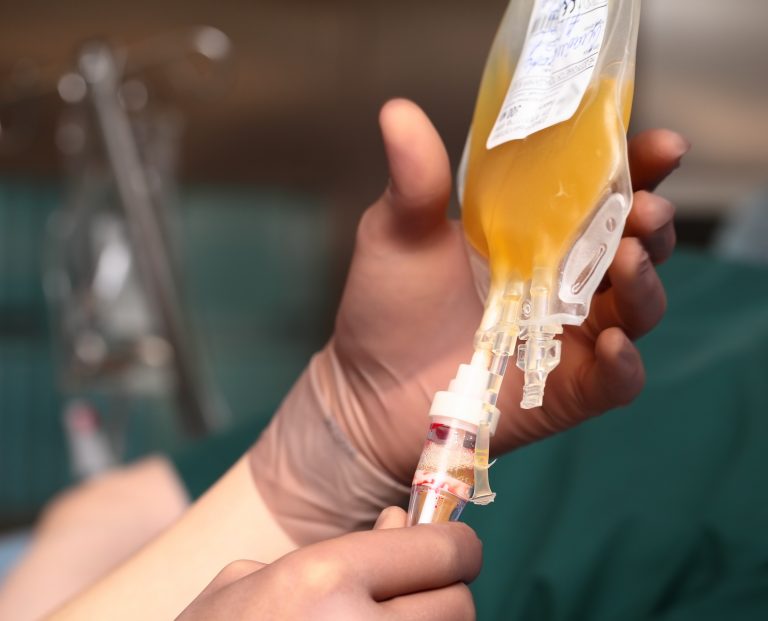
More than half of cancer centers did not publicly disclose payer-specific prices of parenterally-administered drugs, despite recently enacted federal regulations. These findings were from a recent study from researchers and Brigham and Women’s Hospital.
Among those centers that did disclose this data, many substantially marked up drug prices for patients with private insurance, with markups ranging from approximately 120% (sipuleucel-T) to 630% (leuprolide) of the cost for the hospital to acquire the drug. The team also found that negotiated prices varied between payers even at the same cancer center.
“Our study indicates that there is both significant markup and variation in negotiated prices for cancer therapies. Policy changes may be helpful to prevent excessive hospital price markups and reduce the financial burden of cancer treatment for patients,” said corresponding author Roy Xiao, MD, a resident in the Harvard Medical School/Mass Eye and Ear/Mass General Brigham Residency Program in Otolaryngology–Head & Neck Surgery.
The study was published last week in JAMA Network.
The researchers looked at data from 61 National Cancer Institute-designated cancer centers and conducted a cross-sectional study of the 25 most common injectable or infusible cancer therapies. They calculated price markups for each cancer therapy as the difference between the payer-specific prices and the estimated acquisition cost.
Xiao told Inside Precision Medicine, “We believe that these data are key to empowering patients to make financially informed decisions regarding their care. We hope that our findings encourage further research into this subject.”
US spending on cancer therapeutics has risen sharply in recent years. Between 2015 and 2019, US spending on cancer therapies increased from $39.1 billion to $67.5 billion. Many anticancer therapies cost more than $100,000 per year. Meanwhile, supply chain intermediaries (e.g., wholesalers and group purchasing organizations) and the hospitals and physician offices where the drugs are administered also often add to the cost. As a result, some patients incur debt and may even forgo recommended treatments.
The researchers suggest that this price inflation and variation are due to market power. Manufacturers, they note, have periods of patent and regulatory exclusivity during which competition is dampened. Hospitals, meanwhile, can demand higher prices from insurers. The researchers note that infused cancer treatment administration has increasingly shifted from physician offices to outpatient hospital departments.
In their paper, the researchers wrote, “The findings of this cross-sectional study suggest that, to reduce the financial burden of cancer treatment for patients, institution of public policies to discourage or prevent excessive hospital price markups on parenteral chemotherapeutics might be beneficial.”
The Hospital Price Transparency final rule was implemented in January 2021 by the Centers for Medicare & Medicaid Services (CMS). It requires hospitals to publicly disclose prices for items and services, including drugs.
But there have been charges that hospitals are dragging their feet on implementing the rule. Xiao points out that CMS has already taken recent action to improve compliance with reporting by increasing the daily penalty for nondisclosure from a fixed maximum of $300 per day to up to $5,500 per day based on hospital bed sizes, totaling over $2 million per year.
He adds that, “We would expect that this significant financial penalty would encourage more consistent reporting. If disclosures continue to lag, CMS could also consider tying compliance to other bonus/penalty systems in place, such as Merit-Based Incentive Payment System
(MIPS). Additionally, as we mention in our paper, policymakers could consider implementing backstop prices as caps relative to local market rates.”
The next phase of the Price Transparency rule starts in July 2022, when payers will be required to disclose similar data. Said Xiao, “This should continue to shed light on this and further inform patients.”













